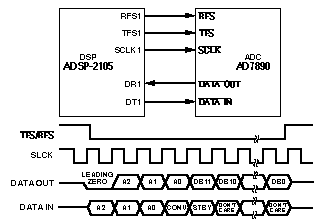Advantages And Disadvantages Of Serial And Parallel Data Transmission
Serial and Parallel Data Transmission Brooks Bankict. Unsubscribe from Brooks Bankict? What's the Difference Between Parallel and Serial? - Duration: 5:21.
Parallel versus serial communication. In and, serial communication is the process of sending one at a time, sequentially, over a.
This is in contrast to, where several bits are sent as a whole, on a link with several parallel channels. Serial communication is used for all and most, where the cost of and difficulties make parallel communication impractical. Serial computer buses are becoming more common even at shorter distances, as improved and transmission speeds in newer serial technologies have begun to outweigh the parallel bus's advantage of simplicity (no need for serializer and deserializer, or ) and to outstrip its disadvantages (, interconnect density). The migration from to is an example.
Main article: Many serial communication systems were originally designed to transfer data over relatively large distances through some sort of. Practically all long-distance communication transmits data one bit at a time, rather than in parallel, because it reduces the cost of the cable. V razrezhennom vozduhe film smotretj onlajn. The cables that carry this data (other than 'the' serial cable) and the they plug into are usually referred to with a more specific name, to reduce confusion. Keyboard and mouse cables and ports are almost invariably serial—such as.
The cables that carry digital video are almost invariably serial—such as plugged into a port, a plugged into a USB port or, connecting an to a port,, etc. Other such cables and ports, transmitting data one bit at a time, include,, Ethernet cable plugged into, the using previously reserved pins of the or the or the port.

Serial buses [ ] Many communication systems were generally designed to connect two integrated circuits on the same, connected by on that board (rather than external cables). Are more expensive when they have more pins. To reduce the number of pins in a package, many ICs use a serial bus to transfer data when speed is not important. Some examples of such low-cost serial buses include,,,,,. Serial versus parallel [ ] The communication links, across which computers (or parts of computers) talk to one another, may be either serial or parallel. A parallel link transmits several streams of data simultaneously along multiple channels (e.g., wires, printed circuit tracks, or optical fibers); whereas, a serial link transmits only a single stream of data.
Although a serial link may seem inferior to a parallel one, since it can transmit less data per clock cycle, it is often the case that serial links can be clocked considerably faster than parallel links in order to achieve a higher data rate. Several factors allow serial to be clocked at a higher rate: • between different channels is not an issue (for unclocked links).